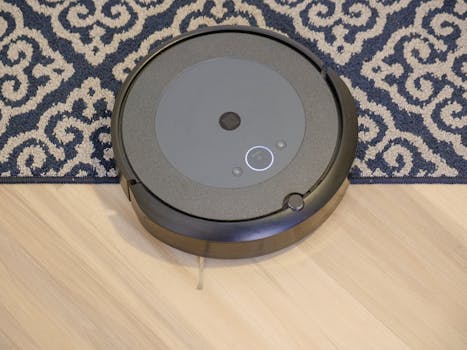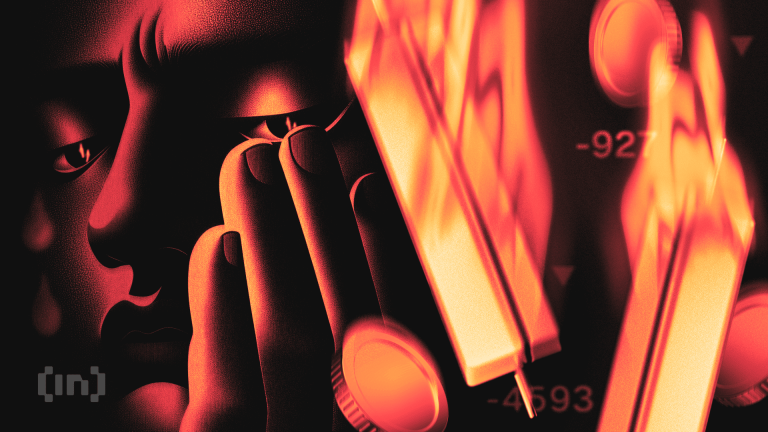
Smart Homes and Smart Living: The Technological Transformation of European Homes by 2025
Smart Homes and Smart Living are revolutionizing the way we live and interact with our homes. With the rapid advancement of technology, European homes are becoming increasingly smarter, offering unparalleled convenience, comfort, and sustainability. By 2025, it is predicted that smart homes and smart living will become the norm, transforming the way we live, work, and play.
Introduction to Smart Homes and Smart Living
Smart homes and smart living refer to the integration of technology and automation in residential properties to create a comfortable, convenient, and sustainable living environment. This includes the use of smart devices, sensors, and systems that can be controlled remotely or automatically, allowing homeowners to monitor and manage their homes with ease.
Technological Advancements in Smart Homes
Several technological advancements are driving the transformation of European homes into smart homes. Some of the key technologies include:
- Internet of Things (IoT): The IoT refers to the network of physical devices, vehicles, home appliances, and other items that are embedded with sensors, software, and connectivity, allowing them to collect and exchange data.
- Artificial Intelligence (AI): AI is being used in smart homes to learn the habits and preferences of homeowners, allowing for personalized automation and control.
- Energy Harvesting: Energy harvesting technologies, such as solar and wind power, are being used to generate energy and reduce the carbon footprint of smart homes.
- 5G Networks: The rollout of 5G networks is enabling faster and more reliable communication between smart devices, allowing for more efficient and effective smart home systems.
Benefits of Smart Homes and Smart Living
The benefits of smart homes and smart living are numerous, including:
- Increased Convenience: Smart homes offer unparalleled convenience, allowing homeowners to control and monitor their homes remotely.
- Improved Comfort: Smart homes can learn the habits and preferences of homeowners, providing a personalized and comfortable living environment.
- Enhanced Sustainability: Smart homes can optimize energy consumption, reducing waste and minimizing the carbon footprint of residential properties.
- Improved Safety and Security: Smart homes can integrate security systems, providing homeowners with peace of mind and protecting their properties from potential threats.
European Homes in 2025
By 2025, it is predicted that smart homes and smart living will become the norm in European homes. Some of the key trends that will shape the future of European homes include:
- Increased Adoption of Smart Devices: The adoption of smart devices, such as smart thermostats and smart lighting systems, will become increasingly widespread.
- Integration of AI and Machine Learning: AI and machine learning will become more prevalent in smart homes, allowing for personalized automation and control.
- Growing Importance of Sustainability: Sustainability will become a key consideration in the design and construction of European homes, with a focus on energy efficiency and reducing carbon footprints.
- More Emphasis on Comfort and Convenience: European homes will prioritize comfort and convenience, with smart homes offering a personalized and comfortable living environment.






